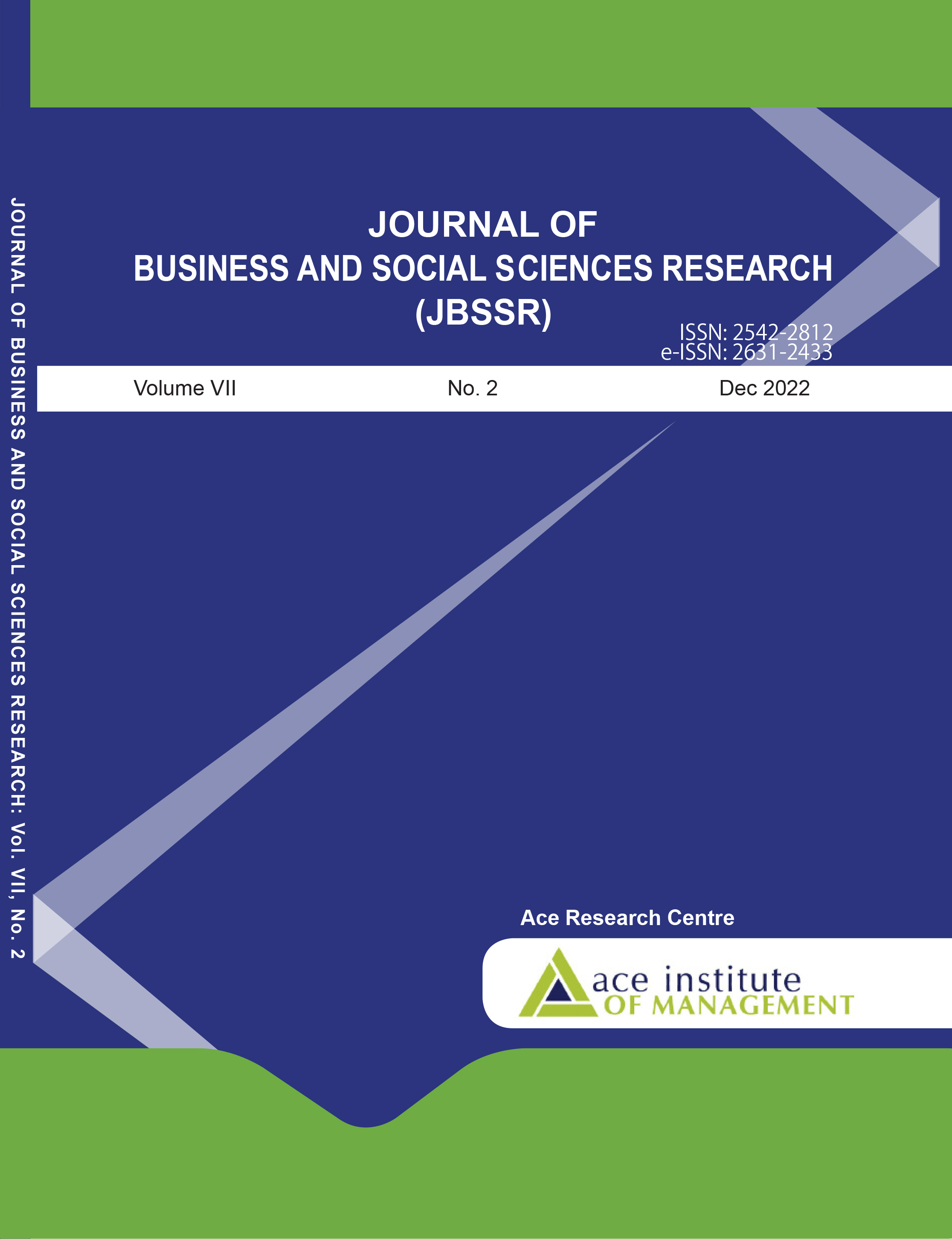Impact of Working Capital Management Components on Profitability: A Case Study of Shivam Cement Limited
DOI:
https://doi.org/10.3126/jbssr.v7i2.51493Keywords:
cement industry, profitability, working capitalAbstract
The paper shows the impact of working capital management on the profitability position of the only listed cement industry of Nepal, i.e., Shivam Cement Limited (SHIVM). The paper has applied correlation coefficient and regression analysis to interpret the data defines as dependent and independent variables. The paper used net profit margin (NPM) as a dependent variable, while the receivable conversion period (RCP), payable deferral period (PDP), inventory conversion period (ICP), cash conversion cycle (CCC), current assets to total sales ratio (CASR), and current liabilities to total sales ratio (CLSR) are taken as independent variables to see an impact of working capital on profitability of the SHIVM. The paper found that SHIVM is efficient in generating revenue by utilising current assets and current liabilities. The paper also found that neither RCP nor ICP or CCC was seen as related to the profitability of the SHIVM. Nevertheless, only the PDP has a negative impact on the NPM of the SHIVM. This shows that an increase in the PDP for the SHIVM would not lead to an increase in its profitability. ICP of SHIVM is only highly correlated with the CCC, as the nature of the industry maintaining a bulk inventory also determined the relation.
Downloads
Downloads
Published
How to Cite
Issue
Section
License
© JBSSR/AIM
Authors are required to transfer their Copyright to the Journal of Business and Social Sciences Research.




